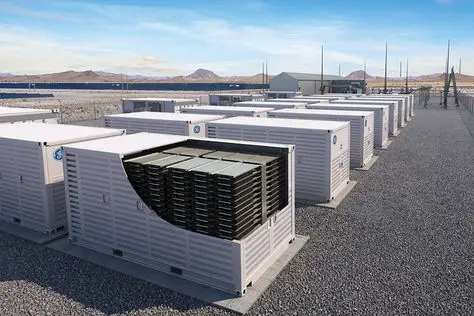The pressing need to combat climate change and accelerate the energy transition requires the rapid and sustained deployment of renewable energy sources, such as wind and solar power. According to IRENA, the total global renewable power generation capacity must reach over 11,000 gigawatts (GW) by 2030. This goal requires an average annual addition of approximately 1,044 GW of new renewable capacity through the end of the decade. Notably, solar photovoltaic (PV) and wind power are expected to contribute about 90% of these additions, with solar PV capacity needing to increase to more than 5,400 GW and wind installations surpassing 3,500 GW by 2030. However, to enable the high penetration of renewable energy sources, ensure reliable deployment, and maintain grid stability, energy storage systems are crucial. These systems serve as the backbone of the energy transition. Both the International Renewable Energy Agency (IRENA) and the International Energy Agency (IEA) have emphasized the importance of energy storage systems to aid sustainable energy resources. According to IRENA, the total cost of installed BESS will diminish by 50% to 60% by 2030.
To address the intermittency of renewable energy resources, energy storage units play an integral role in storing excess renewable energy and discharging it during peak demand, providing power flexibility on an hourly, daily, weekly, or seasonal basis. Among various storage technologies, lithium-ion batteries are the most mature and economically viable, offering intraday power flexibility (ranging from 2 to 8 hours). However, the growing demand for long-duration energy storage (LDES) is necessitating advancements in alternative storage technologies for weekly, monthly, and seasonal energy shifting. The impact of variable renewable energy (VRE) varies across different time scales, necessitating diverse storage technologies with appropriate response times, power capacities, and energy capacities.

Energy storage units can be classified into five categories: chemical, thermal, electrical, mechanical, and electrochemical. Additionally, based on discharge duration, energy storage systems can be categorized into short-, medium-, and long-duration storage solutions.
- Short-duration storage (less than 4 hours): Lithium-ion batteries dominate this category, supporting applications such as frequency regulation, peak shaving, and short-term backup power.
- Medium-duration storage (4 to 10 hours): Flow batteries and advanced lithium-ion chemistries provide greater flexibility for renewable energy integration and grid support.
- Long-duration storage (more than 10 hours): Technologies like pumped hydro storage, compressed air energy storage (CAES), and emerging chemical storage solutions (e.g., hydrogen and thermal energy storage) support grid resilience and seasonal energy balancing.
Energy Storage plays a pivotal role in accelerating the transition to a renewable energy future by providing critical grid flexibility and enabling better integration of intermittent renewable sources. Thus, the role of these units in the power grid is expanding, with batteries increasingly replacing traditional frequency regulation methods. Battery energy storage systems (BESS) are particularly vital for supporting renewable energy deployment and offer benefits such as load shifting, voltage support, peak shaving, transmission and distribution upgrade deferral, and energy arbitrage. Also, BESS enhances resilience by optimizing renewable generation, providing localized power during outages, and supporting system restoration.
The COP29 Presidency calls for 1.5 TW of power system storage by 2030, six times the level deployed today. However, scaling up BESS deployment presents several challenges, including regulatory uncertainties, safety concerns, and the need for infrastructure upgrades. To overcome these obstacles, a holistic approach is required to facilitate widespread storage adoption. Strategic planning will be crucial in identifying optimal locations for storage based on grid vulnerabilities and demand growth trends. The seamless integration of energy storage into grid operations will not only enhance grid reliability but also support a more resilient and sustainable energy system, driving the transition toward cleaner, more flexible energy solutions.



Add a Comment